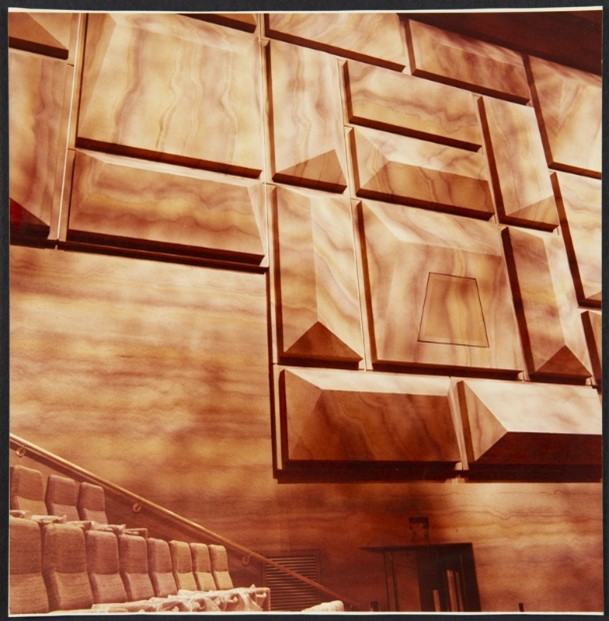We've noticed that you're using a browser that is a little outdated. We support all the latest versions, so for the best experience we recommend that you update your browser.
It's free and only takes a few minutes. Select your preferred browser to download the latest version.
Learn about how to have the best browsing experience on our site.


